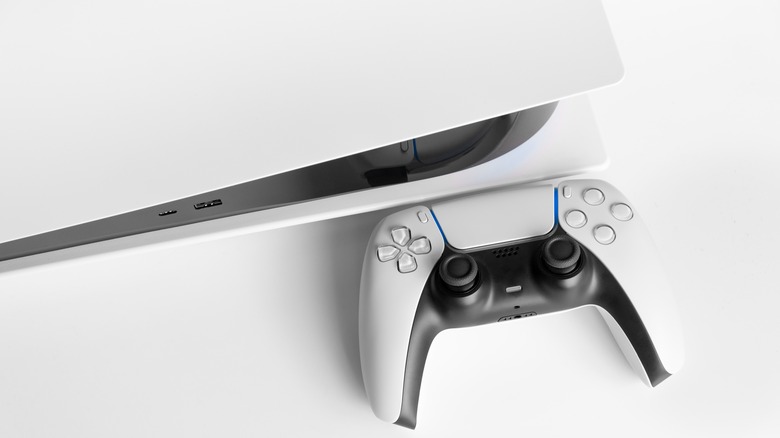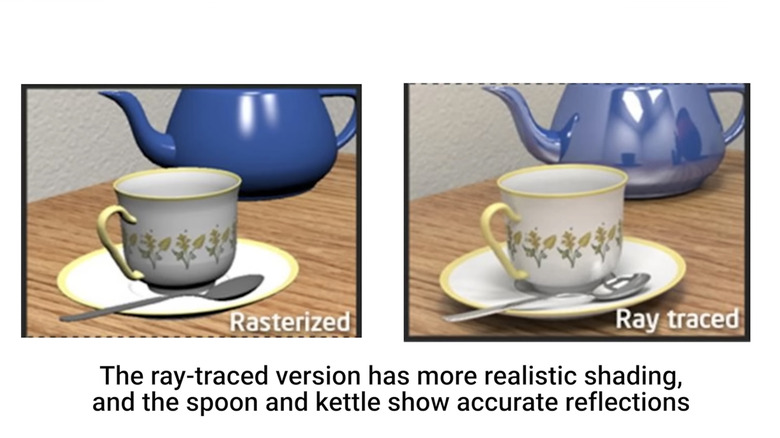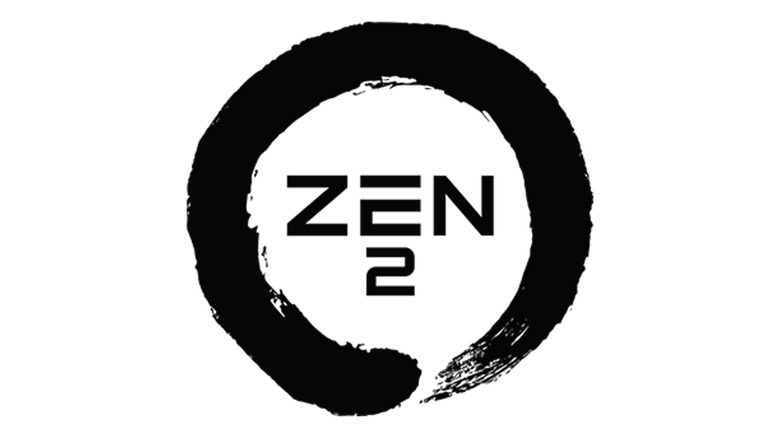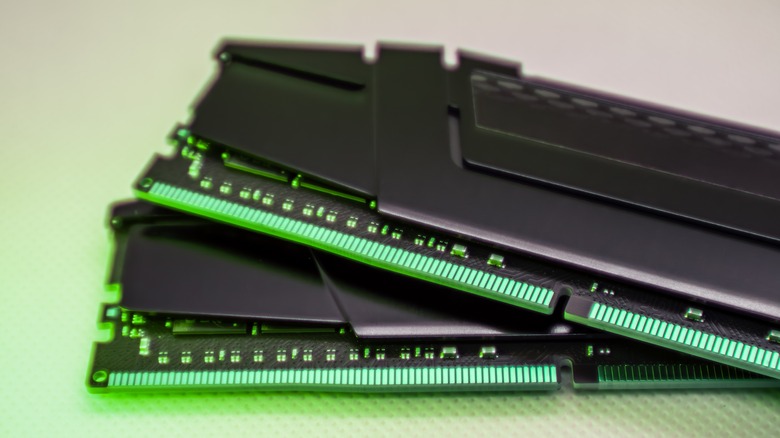Everything We've Learned From The Big PS5 Pro Leaks
It's about as official as it can be without being official: Sony is readying the PlayStation 5 Pro for release by the end of 2024 as its mid-generation upgrade to the PlayStation 5. After months of rumors, more concrete leaks about specifics surfaced in mid-March via reports from Insider Gaming and the YouTube channel Moore's Law is Dead. with Insider Gaming also making a point to say they independently confirmed the latter report.
Almost a month later, Sony seemingly confirmed that the Moore's Law is Dead video contained legitimate documentation from a PlayStation developer portal by using a DMCA takedown request to have the video removed from YouTube on grounds of copyright infringement. (The video survives only on The Internet Archive's Wayback Machine.) On the same day of the takedown, The Verge also independently confirmed various hardware details of the PlayStation Pro by obtaining internal documents. Between the takedown and a more established tech news outlet confirming the leaks, it can't really be denied anymore: We know what the PS5 Pro is going to look like.
There's a big push for improved ray tracing
Improved graphical fidelity is a focus of the PlayStation 5 Pro as it was for its PlayStation 4 counterpart. In more specific terms, a core component of those improvements will be better, more natural lighting by way of improved ray tracing harnessing a GPU that's 45 percent faster than before. What is ray tracing? Simply put, it's a technology used to simulate light rays, "tracing" their paths so that light in a video game generates accurate reflections, refractions, and shadows while also better simulating indirect lighting. To demonstrate the difference this can make, YouTuber BENCHMARKS FOR GAMERS created a telling comparison video of "Watch Dogs: Legion" with and without ray tracing. Puddles of water, in particular, look significantly more realistic with ray tracing enabled.
According to the leaks, the PlayStation 5 Pro has two to three times the ray tracing capabilities of the regular PS5, with a 4x increase possible in some cases. In The Verge's report about the leaks, reporter Tom Warren noted, "Sony appears to be encouraging developers to use graphics features like ray tracing more with the PS5 Pro, with games able to use a 'Trinity Enhanced' (PS5 Pro Enhanced) label if they 'provide significant enhancements.'"
The CPU is physically the same, but clocked higher
One thing that simultaneously is and isn't changing in the PlayStation 5 Pro is the CPU. According to all three reports, it's not changing physically and will be the same exact version of the AMD Zen 2 CPU that's in the current PS5. However, it will be clocked differently. The PlayStation 5 CPU specs are officially listed as having eight variable frequency Zen 2 cores officially clocked at 3.5GHz (compared to the eight Jaguar architecture cores clocked at 1.6 GHz in the PlayStation 4).
Per the leaks, the PlayStation 5 Pro CPU will have a "high-frequency mode" that allows for a 10 percent increase in clock speed to 3.85GHz, with developers able to choose if they wish to harness that or the 3.5GHz "standard mode" in Pro-enhanced versions of games. For power management reasons, when the CPU is running in high-frequency mode, the GPU will be downclocked by approximately 1.5 percent. According to Sony in the leaked documents, this results in "roughly 1 percent lower performance" from the GPU.
It handles memory differently
The PlayStation 5 Pro will, like the original PS5 and 2023's PlayStation 5 Slim, have 16GB of GDDR5 memory. However, the RAM on the Pro will run faster and better utilize it in games. According to the leaks, the PlayStation 5 Pro's RAM will run at 576 gigabytes per second, a 28.6 percent increase over the standard PlayStation 5's 448 gigabytes per second. And because the upgraded console is more efficient with its memory usage, the leaked documents note "the bandwidth gain may exceed 28 percent." In addition, while the standard PlayStation 5 has access to 12.5GB of the 16GB RAM installed in the console, the Pro will up that availability to 13.7GB, an increase of 9.6 percent.
In Sony's words, these changes "may be useful" for PlayStation Spectral Super Resolution (PSSR), Sony's new upscaling framework as a counterpart to AMD's FidelityFX Super Resolution (FSR) and NVID.IA's Deep Learning Super Sampling (DLSS). Sony's leaked documents note that it has built a "custom architecture for machine learning" for PSSR that's capable of 300TOPS of 8-bit computation, and says that its "inputs are quite similar to DLSS or FSR." As it sits right now, Sony claims that PSSR is capable of upscaling 1080p HD content to 4K UltraHD in two milliseconds, with hopes of reducing that number in the future while also adding support for upscaling to 8K.



